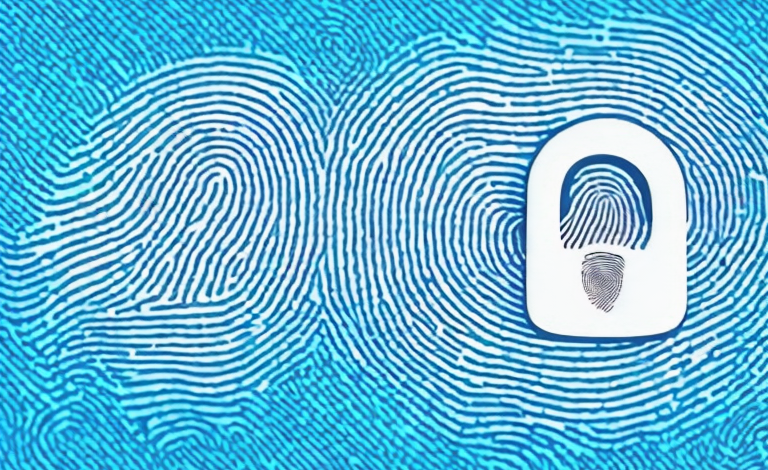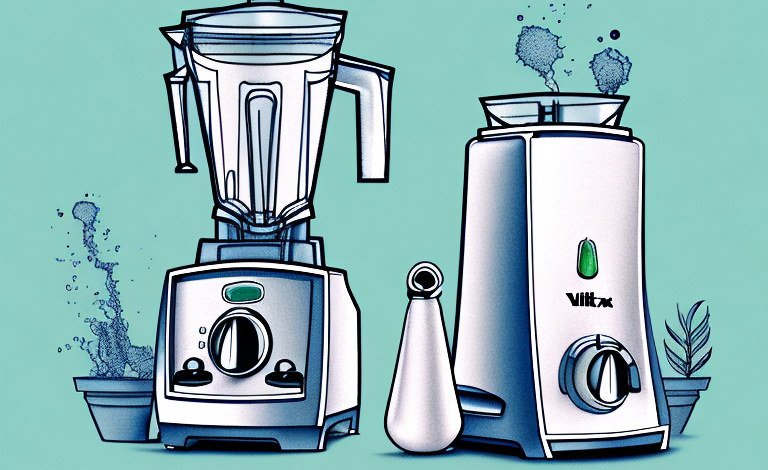In today’s tech-savvy world, biometric authentication has become increasingly popular as a secure method of verifying identity. And out of all the various biometric techniques, fingerprints are emerging as the best option for several reasons.
Understanding the basics of fingerprint technology
Fingerprint technology, as the name suggests, involves the use of a person’s unique fingerprint to verify their identity. This biometric technique relies on the fact that everyone’s fingerprints are unique, making it a highly reliable method of authentication.
One of the key advantages of fingerprint technology is its speed and convenience. Unlike traditional methods of authentication, such as passwords or PINs, fingerprint scanning can be completed in a matter of seconds. This makes it an ideal solution for high-traffic areas, such as airports or government buildings, where security needs to be maintained without causing delays or inconvenience to the public.
However, there are also some potential drawbacks to fingerprint technology. For example, some people may be hesitant to provide their fingerprints due to concerns about privacy and security. Additionally, there is always the risk of false positives or false negatives, which can lead to errors in identification and potentially serious consequences. As with any technology, it is important to weigh the benefits and risks before deciding whether or not to implement fingerprint authentication in a particular setting.
The history and evolution of fingerprint recognition
Fingerprint identification dates back to ancient Babylon in the 14th century BC. However, it wasn’t until the late 19th century that the first systematic method of fingerprint identification was developed by Sir Francis Galton. Since then, fingerprint recognition technology has evolved significantly, from manual fingerprint identification to digital fingerprint scanners.
In recent years, fingerprint recognition technology has become increasingly popular in the field of mobile devices. Many smartphones and tablets now come equipped with fingerprint scanners, allowing users to unlock their devices and make purchases with a simple touch of their finger. This technology has also been adopted by various industries, such as banking and healthcare, for secure authentication and identification purposes.
How fingerprint recognition works
A fingerprint scanner is used to capture an image of a person’s fingerprint, which is then compared to a database of previously recorded fingerprints. The scanner uses algorithms to analyze the ridges and valleys on the fingerprint to create a unique biometric profile.
One of the advantages of fingerprint recognition is its high level of accuracy. The chances of two people having the same fingerprint are extremely low, making it a reliable method of identification. Additionally, fingerprint recognition is a non-invasive method of identification, meaning that it does not require any physical contact with the person being identified.
However, there are also some limitations to fingerprint recognition. For example, if a person’s fingerprint is damaged or altered in some way, it may not be possible to accurately identify them using a fingerprint scanner. Additionally, there are concerns about the security of fingerprint data, as it can potentially be stolen or hacked if not properly protected.
Advantages of using fingerprint recognition technology
One of the primary advantages of fingerprint recognition technology is its high level of accuracy. Fingerprint scanners have a very low rate of false positives and negatives, making them reliable for authentication. Additionally, fingerprints cannot be lost or stolen, making it a secure method of identification.
Another advantage of fingerprint recognition technology is its convenience. With fingerprint scanners, users do not need to remember passwords or carry around identification cards. Instead, they can simply use their fingerprint to access secure areas or devices. This can save time and reduce the risk of forgotten passwords or lost identification cards.
Comparing fingerprint recognition to other forms of biometric authentication
While other forms of biometric authentication, such as facial recognition and iris scanning, have their benefits, fingerprints are considered the most reliable and widely used biometric authentication method.
Facial recognition technology has become increasingly popular in recent years, especially in the realm of mobile devices. However, it is not as secure as fingerprint recognition, as it can be easily fooled by a photo or video of the user’s face. Iris scanning, on the other hand, is more secure than facial recognition, but it is not as widely available and can be more expensive to implement. Fingerprint recognition, on the other hand, is not only reliable and widely used, but it is also relatively inexpensive to implement and can be found on most modern smartphones and laptops.
Examples of industries that utilize fingerprint recognition technology
Fingerprint recognition technology is used in a variety of industries, including law enforcement, banking, healthcare, and corporate security. Cash machines, for example, use fingerprint scanning as an additional layer of authentication to prevent financial fraud.
Fingerprint recognition in law enforcement and security applications
Fingerprint recognition has become a critical tool in law enforcement as it helps to identify suspects and solve crimes. In addition, fingerprinting is widely used for employee background checks and access control systems, enhancing security measures to prevent unauthorized access to sensitive areas.
The future of fingerprint recognition technology
As the world becomes increasingly digital, fingerprint recognition is likely to play an even more significant role in authentication and identity verification. Advancements in technology are likely to make fingerprint scanners faster, more reliable, and capable of recognizing even more details in a person’s fingerprints.
Addressing common misconceptions about fingerprint recognition
One of the most common misconceptions about fingerprint recognition is that it is an invasive technology that invades an individual’s privacy. However, the data obtained by fingerprint scanners is not shared or sold, and strict regulations are in place to protect an individual’s privacy rights and personal data.
Another common misconception is that fingerprint recognition is not accurate and can be easily fooled. However, modern fingerprint recognition technology has greatly improved in accuracy and can distinguish between real fingerprints and fake ones created using materials such as silicone or gelatin.
Additionally, some people believe that their fingerprints can be easily copied and used for fraudulent activities. While it is possible to create fake fingerprints, it requires a high level of skill and access to specialized equipment. Furthermore, fingerprint recognition systems are designed to detect and prevent such fraudulent activities.
Potential concerns and challenges associated with fingerprint recognition technology
One of the potential concerns with fingerprint recognition technology is that it may not work well for individuals with certain medical conditions or occupations that may affect their fingerprints’ appearance. However, advancements in technology are helping to address these concerns, and alternative authentication methods can be used in some cases.
Ethical considerations surrounding the use of fingerprint data
The ethical considerations surrounding the collection and use of fingerprint data are critical. Companies and organizations need to ensure that they are collecting and storing fingerprint data in a secure and appropriate manner and obtain consent from individuals before collecting their fingerprints.
Best practices for implementing effective fingerprint recognition systems
When implementing a fingerprint recognition system, it is essential to have secure software, hardware, and data storage measures in place. Additionally, organizations should inform individuals about their data privacy policies and ensure that their systems comply with data protection regulations.
Another important consideration when implementing a fingerprint recognition system is to ensure that the system is accurate and reliable. This can be achieved by regularly testing and calibrating the system, as well as providing proper training to users on how to use the system correctly. It is also important to have a backup system in place in case of system failure or errors.
Frequently asked questions about fingerprint recognition technology
Is fingerprint recognition secure? Yes, fingerprint recognition technology is secure and reliable, with a low rate of false positives and negatives. What is the accuracy of fingerprint recognition technology? The accuracy of fingerprint recognition technology is dependent on various factors, but it can have an accuracy rate of up to 99.9%. Can fingerprint data be stolen? While any data stored electronically is at risk of being stolen or hacked, fingerprint data is encrypted and stored securely, making it challenging to steal.
Overall, fingerprint recognition technology is a highly reliable and secure method of authentication that is widely used across several industries. Its accuracy, reliability, and non-invasiveness make it the best option for biometric identification, and advancements in technology will only enhance its usability and effectiveness in the future.
One of the significant advantages of fingerprint recognition technology is its convenience. Users do not need to remember passwords or carry identification cards, making it a hassle-free authentication method. Additionally, fingerprint recognition technology is fast and efficient, allowing for quick and seamless access to devices or systems. This convenience factor has made fingerprint recognition technology increasingly popular in various industries, including finance, healthcare, and government.



